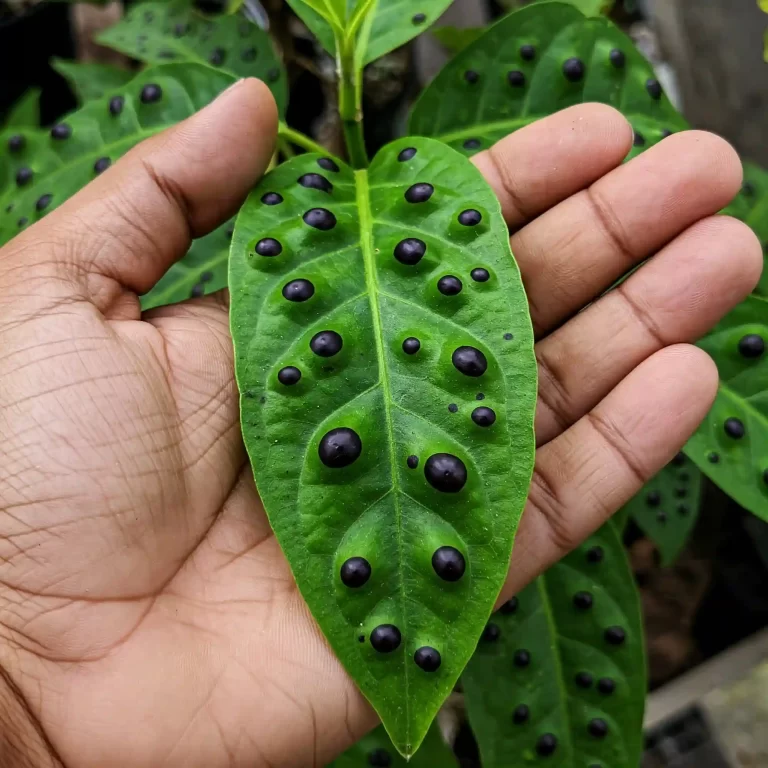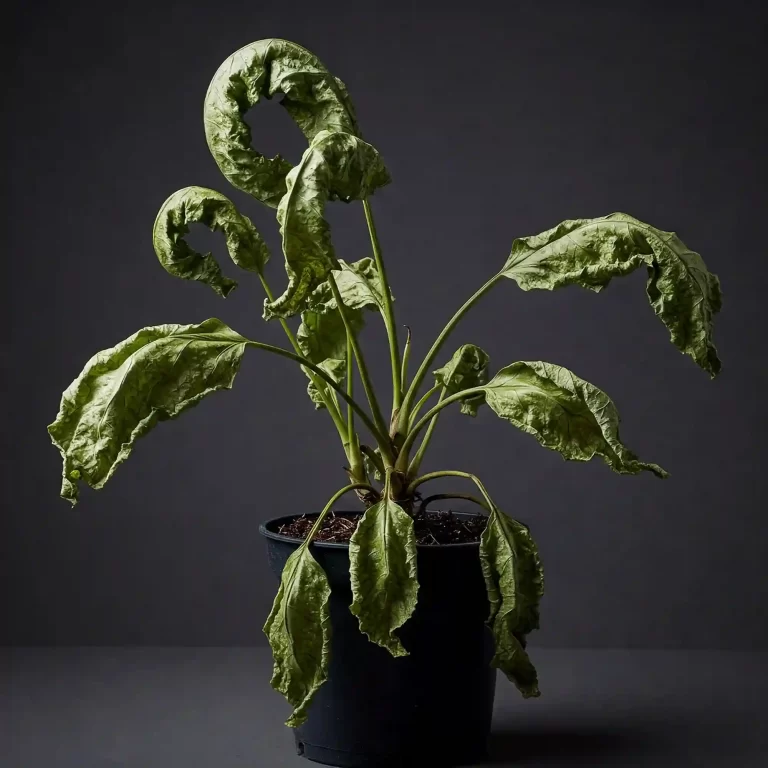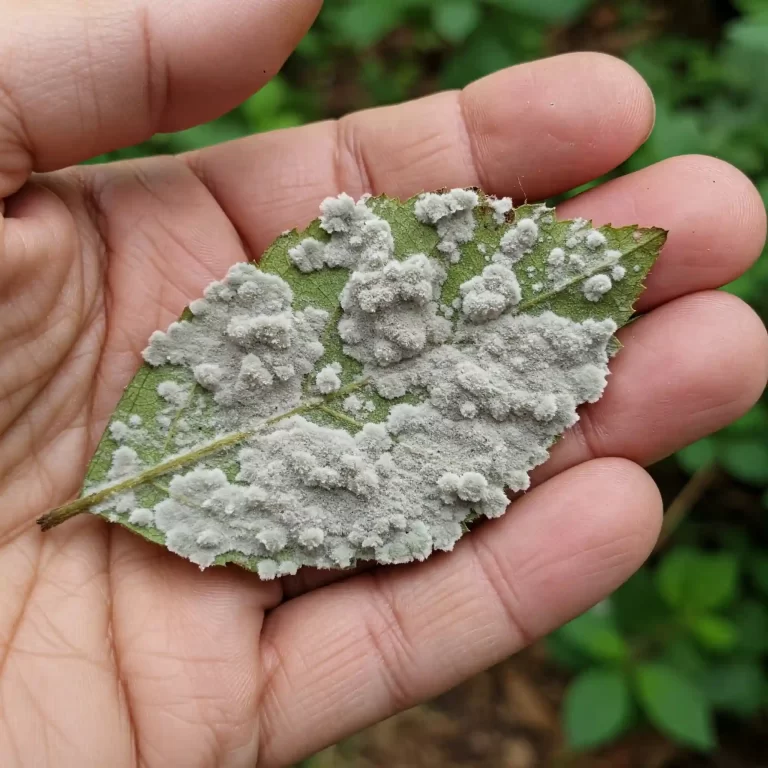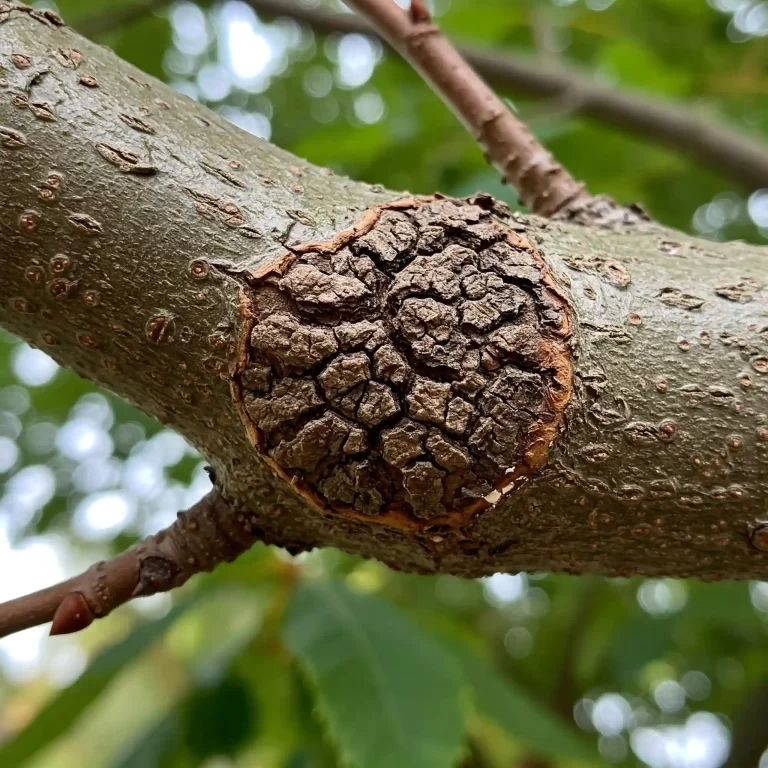| Key Takeaways |
|---|
| Different seasons have different effects on your plants’ growth, health, and appearance. |
| To keep your plants happy and thriving throughout the year, you need to adjust your plant care routine according to the seasonal changes. |
| Some general plant care tips for all seasons are: water your plants according to their needs, use the right soil and fertilizer, provide adequate light and air circulation, prune and trim your plants regularly, and protect them from pests and diseases. |
| In this guide, we will cover the specific plant care tips for each season: spring, summer, fall, and winter. |
Plants are living organisms that respond to the changes in their environment. Different seasons bring different challenges and opportunities for your plants, such as temperature, sunlight, humidity, and pests. To keep your plants healthy and happy throughout the year, you need to adjust your plant care routine according to the changing seasons.
In this article, we will provide you with a complete guide on how to care for your plants in different seasons. We will cover the general tips for seasonal plant care, as well as the specific care needs of some popular plants. Whether you have indoor or outdoor plants, tropical or temperate plants, flowers or vegetables, this guide will help you provide the best growing conditions for your plants.
Spring Plant Care Tips
Spring is the season of growth and renewal for your plants. After a long winter dormancy, your plants will start to sprout new leaves, buds, and flowers. This is the time to give your plants some extra attention and care to help them flourish.
Here are some spring plant care tips to follow:
- Water your plants more frequently. As the temperature rises and the daylight hours increase, your plants will need more water to support their growth. Check the soil moisture regularly and water your plants when the top inch of soil feels dry. Avoid overwatering or underwatering your plants, as both can cause root rot and other problems.
- Fertilize your plants. Spring is the best time to feed your plants with some organic fertilizer or compost. Fertilizer will provide your plants with essential nutrients and boost their growth and flowering. Follow the instructions on the fertilizer package and apply it once a month or as needed. Do not overfertilize your plants, as this can burn their roots and leaves.
- Repot or transplant your plants. If your plants have outgrown their pots or containers, spring is the ideal time to repot or transplant them. Choose a pot that is one or two sizes larger than the current one and has drainage holes at the bottom. Use fresh potting soil that is suitable for your plant type and fill the pot halfway. Carefully remove your plant from its old pot and gently loosen its roots. Place it in the center of the new pot and fill the remaining space with soil. Press the soil firmly around the plant and water it well.
- Prune and trim your plants. Spring is also a good time to prune and trim your plants to remove any dead, damaged, or diseased parts. Pruning will improve your plant’s health, appearance, and shape. It will also encourage new growth and flowering. Use sharp and clean scissors or pruners and cut at an angle just above a leaf node or bud. Do not prune more than one-third of your plant at a time.
- Protect your plants from pests and diseases. As the weather warms up, pests and diseases may become more active and attack your plants. Some common pests that affect plants are aphids, spider mites, mealybugs, scale insects, whiteflies, thrips, etc. Some common diseases that affect plants are powdery mildew, leaf spot, rust, blight, etc. To prevent or treat these problems, you can use natural remedies such as neem oil, insecticidal soap, baking soda, vinegar, etc. You can also use chemical pesticides or fungicides if necessary, but follow the directions carefully and wear protective gear.
Summer Plant Care Tips
Summer is the season of heat and sun for your plants. Depending on where you live, summer can be either a blessing or a curse for your plants. Some plants love the hot and sunny weather, while others may struggle to survive. This is the time to monitor your plants closely and adjust your plant care routine accordingly.
Here are some summer plant care tips to follow:
- Water your plants more often. Summer is usually the driest season of the year, which means your plants will need more water to cope with the heat and evaporation. Water your plants early in the morning or late in the evening when the sun is not too strong. Water deeply and thoroughly until water drains out of the pot’s holes. Do not water your plants during midday when the sun is at its peak, as this can scorch their leaves or cause fungal infections.
- Mulch your plants. Mulching is a great way to conserve soil moisture and prevent weeds from growing around your plants. Mulch is any organic material that you spread on top of the soil around your plants, such as wood chips, straw, leaves, grass clippings, etc. Mulch will also add nutrients to the soil as it decomposes over time.
- Shade your plants. Some plants may not be able to tolerate the intense sun exposure during summer, especially if they are used to cooler or shadier conditions. To protect your plants from sunburn or wilting, you can move them to a shaded area or provide them with some artificial shade such as a parasol, a curtain, a screen, etc. You can also use reflective materials such as aluminum foil or white paint to reflect some of the sun’s rays away from your plants.
- Mist your plants. Some plants may benefit from some extra humidity during summer, especially if they are tropical or subtropical plants. Misting your plants with a spray bottle of water can help them stay hydrated and cool. Mist your plants lightly and gently in the morning or evening, avoiding the flowers and buds. Do not mist your plants during midday when the sun is strong, as this can cause fungal infections or leaf burn.
- Deadhead your plants. Deadheading is the process of removing the spent flowers from your plants. Deadheading will improve your plant’s appearance and prevent it from wasting energy on producing seeds. It will also encourage more flowering and prolong the blooming season. To deadhead your plants, simply pinch off or cut off the faded flowers at their base. Do not deadhead your plants if you want them to produce seeds or fruits.
Fall Plant Care Tips
Fall is the season of transition and preparation for your plants. As the temperature drops and the daylight hours decrease, your plants will start to slow down their growth and enter a dormant or semi-dormant state. This is the time to help your plants get ready for the winter ahead.
Here are some fall plant care tips to follow:
- Water your plants less frequently. As the weather cools down and the evaporation rate decreases, your plants will need less water than in summer. Water your plants only when the soil feels dry to the touch, and reduce the amount of water you give them. Avoid overwatering or watering too late in the day, as this can cause root rot or frost damage.
- Stop fertilizing your plants. Fall is not a good time to fertilize your plants, as this can stimulate new growth that may not survive the winter. Fertilizing your plants in fall can also make them more susceptible to pests and diseases. The last time you should fertilize your plants is in late summer or early fall, depending on your plant type and climate.
- Bring your plants indoors. If you have any tender or tropical plants that cannot withstand freezing temperatures, you should bring them indoors before the first frost. Choose a bright and warm spot for your plants, such as a south-facing window or a heated sunroom. Acclimate your plants gradually to the indoor environment by exposing them to less light and lower temperatures for a few weeks before moving them inside. Check your plants for any pests or diseases before bringing them indoors, and treat them accordingly.
- Cover or insulate your plants. If you have any hardy or semi-hardy plants that can tolerate some frost but not extreme cold, you should cover or insulate them to protect them from winter damage. You can use materials such as burlap, plastic, cardboard, straw, etc. to cover or wrap your plants. You can also use mulch to insulate the soil around your plants and prevent it from freezing. Remove the cover or insulation when the weather warms up in spring.
- Clean up your garden. Fall is a good time to clean up your garden and get rid of any debris, weeds, fallen leaves, etc. that may harbor pests or diseases over winter. You can also collect and compost any organic matter that is not diseased or infested. Cleaning up your garden will make it look neat and tidy, and prevent any problems from spreading or worsening.
Winter Plant Care Tips
Winter is the season of rest and survival for your plants. During winter, most of your plants will be dormant or semi-dormant, which means they will stop growing and conserve their energy until spring. Some of your plants may even lose their leaves or die back completely. This is normal and natural for many plant species.
Here are some winter plant care tips to follow:
- Water your plants sparingly. During winter, your plants will need very little water, as they are not actively growing or transpiring. Water your plants only when the soil feels dry to the touch, and use lukewarm water to avoid shocking their roots. Do not water your plants if they are frozen or covered with snow, as this can cause more harm than good.
- Provide some light for your plants. During winter, the daylight hours are shorter and darker, which means your plants will receive less light than usual. This can affect their health and appearance, especially if they are indoor plants that rely on artificial light sources. To provide some light for your plants, you can use grow lights, fluorescent lights, LED lights, etc. that mimic natural sunlight. You can also move your plants closer to a window or a bright spot in your home.
- Keep your plants away from heat sources. During winter, you may be tempted to place your plants near a heater, a fireplace, a radiator, etc. to keep them warm and cozy. However, this can be harmful to your plants, as it can dry out their leaves, cause them to wilt, or even burn them. Heat sources can also create temperature fluctuations that can stress your plants and make them more vulnerable to pests and diseases. To keep your plants away from heat sources, you can place them on a tray of pebbles filled with water, which will create some humidity and coolness around them. You can also mist your plants occasionally to prevent them from drying out.
Different types of plants have different care requirements in different seasons. Therefore, you need to learn about the specific needs of your plants and follow the best practices for each plant type. Here are some of the common types of plants and their seasonal care tips:
| Plant Type | Spring | Summer | Fall | Winter |
|---|---|---|---|---|
| Indoor Plants | Prune, fertilize, repot, water more, move to brighter spot | Water more, mulch, shade, mist, harvest, monitor | Reduce watering and fertilizing, clean, bring indoors, store bulbs | Water sparingly, light, humidify, ventilate, check bulbs |
| Outdoor Plants | Prune, fertilize, repot, water more, protect from frost | Water more, mulch, shade, mist, harvest, monitor | Reduce watering and fertilizing, clean, bring indoors or protect outdoors | Water sparingly or not at all, protect with mulch or wrap |
| Succulents | Prune, fertilize lightly, repot if needed, water moderately | Water moderately to sparingly depending on type and climate | Reduce watering to minimal or none depending on type and climate | Water minimally or not at all depending on type and climate |
| Herbs | Prune lightly to encourage bushiness, fertilize lightly with organic fertilizer every few weeks, water moderately to keep soil moist but not soggy | Water moderately to frequently depending on type and climate, mulch to retain moisture and suppress weeds, harvest regularly by pinching off leaves or stems, monitor for pests such as aphids or spider mites | Reduce watering and fertilizing as growth slows down, clean by removing dead or diseased parts, bring tender herbs indoors before frost, store hardy herbs in pots indoors or outdoors | Water sparingly to keep soil slightly moist, light with artificial lights if indoors, humidify if indoors, ventilate if indoors |
| Vegetables | Prune any dead or damaged parts, fertilize with balanced fertilizer every few weeks, water deeply and regularly to keep soil moist but not soggy, protect from frost with cloche or row cover | Water deeply and frequently especially during fruiting stage, mulch to retain moisture and suppress weeds, shade from scorching sun if needed, harvest regularly by picking ripe fruits or vegetables, monitor for pests such as caterpillars or beetles | Reduce watering and fertilizing as growth slows down, clean by removing dead or diseased parts, bring tender vegetables indoors before frost, store hardy vegetables in pots indoors or outdoors, protect with mulch or wrap if outdoors | Water sparingly to keep soil slightly moist, light with artificial lights if indoors, humidify if indoors, ventilate if indoors |
| Flowers | Prune any dead or damaged parts, fertilize with bloom booster fertilizer every few weeks, water deeply and regularly to keep soil moist but not soggy, shade from scorching sun if needed, harvest regularly by picking or cutting off flowers, monitor for pests such as aphids or thrips | Prune any dead or damaged parts, fertilize with bloom booster fertilizer every few weeks. Water deeply and regularly to keep soil moist but not soggy. Reduce watering and fertilizing as growth slows down. Clean by removing dead or diseased parts. Bring tender flowers indoors before frost. Store hardy flowers in pots indoors or outdoors. Protect with mulch or wrap if outdoors. | Reduce watering and fertilizing as growth slows down, clean by removing dead or diseased parts, bring tender flowers indoors before frost, store hardy flowers in pots indoors or outdoors, protect with mulch or wrap if outdoors | Water sparingly to keep soil slightly moist, light with artificial lights if indoors, humidify if indoors, ventilate if indoors |
This is the end of the article on how to care for your plants in different seasons. I hope you found it useful and informative. If you have any questions or feedback, please let me know. Thank you for reading.




[…] seeds or seedlings in your garden, following the instructions on the packets or labels. You can care for your plants throughout the growing season by watering, weeding, pruning, mulching, […]
[…] and caring for different types of plants at home requires following some general and specific steps and methods, such as planting, watering, […]
[…] Caring for plants can be a rewarding and enjoyable activity that can also help you connect with nature and […]
[…] The best time and season to take cuttings from different plants […]
[…] that require two different host plants to complete their life […]
[…] care tips for hibiscus plants grown from seed are not very complicated, but they may require some regularity and consistency. […]
[…] the seeds; cold stratifying the seeds; germinating the seeds; transplanting the seedlings; and caring for the plants. You will also discover some tips and tricks to make your raspberry growing experience more […]
[…] your plants carefully and selectively, as pruning can improve the air circulation, light penetration, and shape of your […]
[…] need to water your plants properly according to their needs and conditions. You need to prune your plants carefully according to their type and stage of growth. You need to harvest your fruits and vegetables […]
[…] to care for your vegetable plants and prevent pests and […]
[…] you need to follow five easy steps: choose the right location, select the best flowers and plants, plant with care and precision, water and weed regularly, and enjoy throughout the […]
[…] Plant growth and care require a lot of energy and resources, but also provide many benefits and opportunities for the […]
[…] to care for bubble gum […]
[…] planting trees requires careful consideration and planning. It is not enough to just plant any tree anywhere. It is important to […]
[…] You might struggle with watering, pruning, repotting, pest control, and other aspects of plant care. You might also wonder what kind of products to use for your plants, and whether they are safe, […]